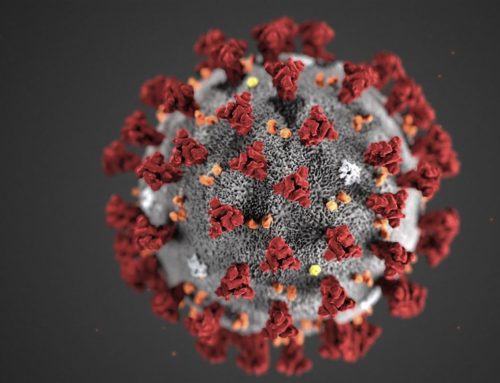It’s important to realize that there are several different organic labels out there. Growers and manufacturers of organic products bearing the USDA seal have to meet the strictest standards of any of the currently available organic labels.
-
Products labeled “100% Organic” must contain only organically produced ingredients
- Products labeled “Certified Organic” must contain at least 95 percent organic ingredients
- The label “Made with Organic Ingredients” can contain anywhere between 70 to 95 percent organic ingredients
In order to ensure you’re actually getting your money’s worth, you need to make sure the food you buy bears the “100% USDA Organic” label. The problem with the latter two labels is: up to 30 percent of the ingredients may be conventionally-grown, so you’re still could be exposed to pesticide residues and other questionable ingredients. The “Made with Organic Ingredients” is often misused and misleading, just as the “natural” label, as it allows for plenty of conventionally-produced ingredients. A “100% Organic” product on the other hand cannot be irradiated, and cannot contain preservatives or flavor enhancing chemicals.
It must also be grown and processed using organic farming methods that recycle resources and promote biodiversity—so it encompasses organic in a holistic way, from start to finish. Crops must be grown without synthetic pesticides, genetically modified organisms (GMO), petroleum-based fertilizers, or sewage sludge-based fertilizers, and livestock cannot be given growth hormones.
So, in terms of organic food, there’s really only one label that can provide you with any real measure of quality, and that’s the “100% USDA Organic” label.
The USDA certified organic label is your best guarantee that the food was produced without:
- Toxic pesticides
- Genetically engineered (GM) ingredients
- Carcinogenic fumigants
- Chemical solvents
This peace of mind is something the “100% Natural” label will NOT give you. Genetically modified ingredients are of particular concern when it comes to food products like breakfast cereals and granola bars, because, in the US, the vast majority of the most common ingredients in these products—corn, soy, and canola—are genetically modified. If you are new to this blog, please check earlier posts to find my “soon to be famous” energy bar recipe. This is a fantastic way to know EXACTLY what you are eating.
To find the freshest, healthiest foods out there, here are a few other guidelines to live by:
- Frequent farmer’s markets.
- Take part in organic food co-ops in your area.
- Plant an organic garden.
- If you must shop in a supermarket, look for locally grown items.
Here is another tip:
- Just because you buy food at the health food store, does not automatically make it healthy; as these foods can still be loaded with junk sugars and contain ingredients with MSG derivatives. However, your odds are better of finding better food at these stores (especially if it’s in a box, bag, or can), but always, ALWAYS read labels.

